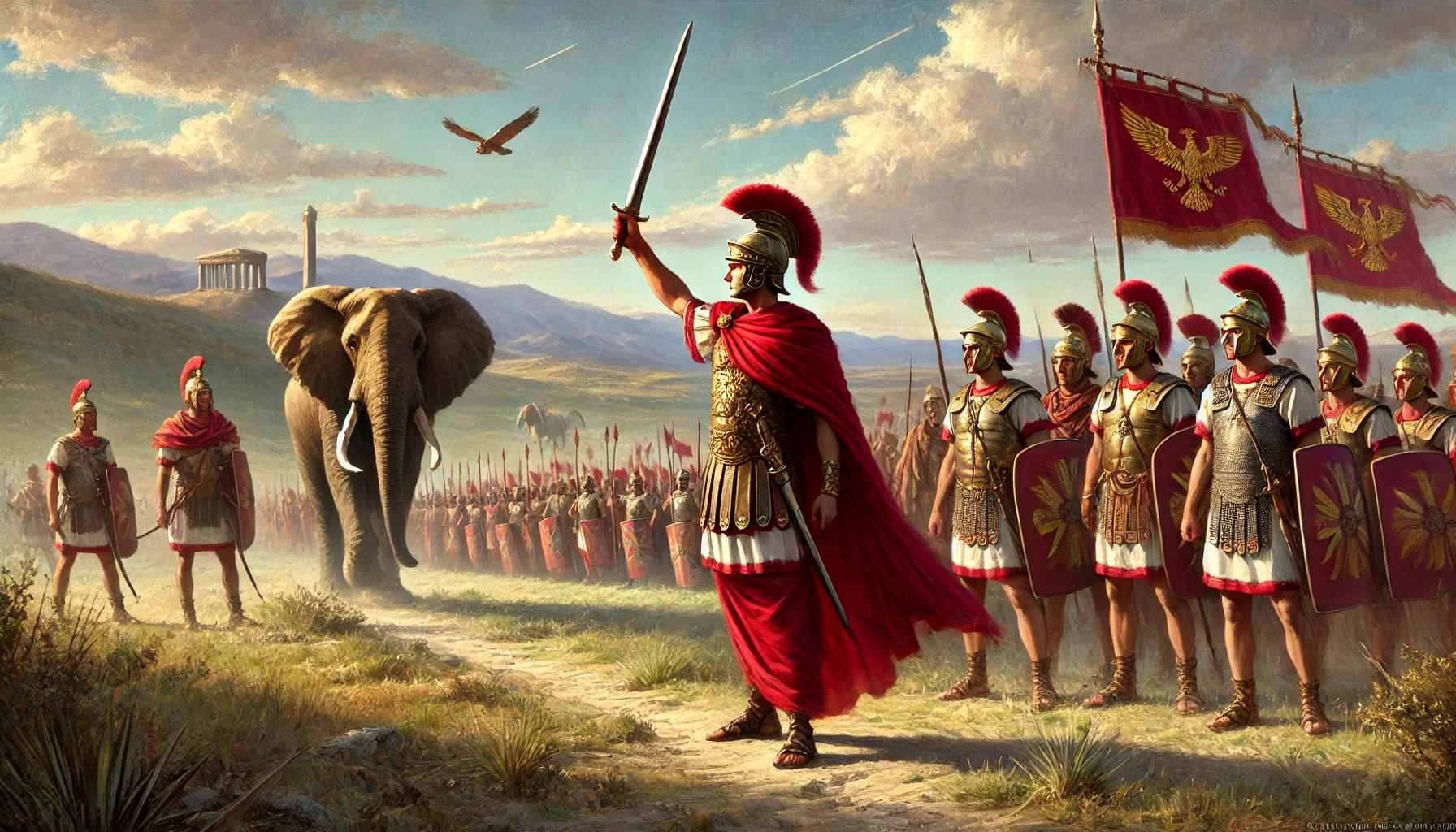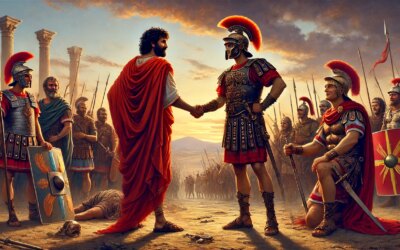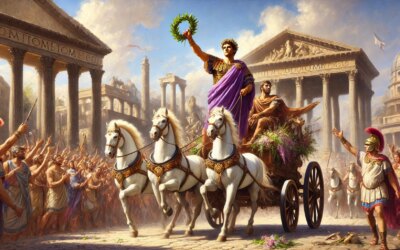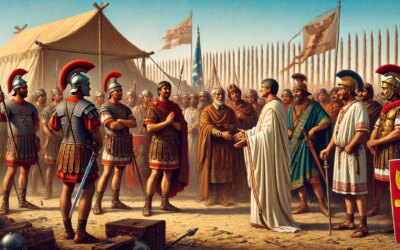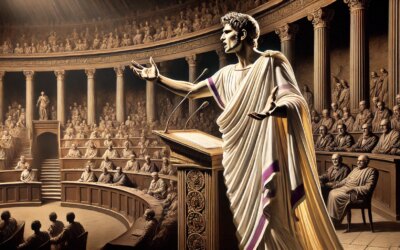Introduction: The Duel of Legends
In 202 BC, on the plains near Zama in North Africa, two of history’s greatest military minds met for a final confrontation. Scipio Africanus, commander of the Roman legions, faced Hannibal Barca, the Carthaginian general whose invasion of Italy had brought Rome to the brink of collapse. The Battle of Zama was not only the decisive engagement of the Second Punic War—it was a turning point that defined the future of the western Mediterranean and Rome’s rise to dominance.
Background: Rome’s War for Survival
The Second Punic War (218–201 BC) had raged for nearly two decades. After Hannibal’s daring crossing of the Alps and his crushing victories at Trebia, Lake Trasimene, and Cannae, Rome endured years of devastating losses. But the Republic refused to surrender. Slowly, it rebuilt its armies, reclaimed lost territory, and adapted its tactics. Scipio emerged as Rome’s most brilliant commander, scoring crucial victories in Spain and eventually carrying the war to Carthage’s doorstep.
Scipio’s African Campaign
In 204 BC, Scipio launched an invasion of North Africa, seeking to force Carthage to recall Hannibal from Italy. He allied with Numidian king Masinissa, whose cavalry would prove decisive. As Hannibal returned home with a veteran but diminished force, Scipio prepared for a climactic battle. The Roman Senate, initially wary of his bold strategy, had granted him command with limited support—yet he now stood on the cusp of a legendary triumph.
The Forces and Tactics
Hannibal’s army included war elephants, mercenaries, and seasoned troops. Scipio, anticipating the elephants, deployed manipular formations with open lanes to absorb their charge. Roman and Numidian cavalry held the flanks, while Scipio’s infantry formed a deep, flexible line. The battle opened with the Carthaginian elephants charging—only to be diverted, panicked, or neutralized. The Roman and Numidian cavalry routed the enemy horsemen, then later returned to encircle Hannibal’s army.
The Turning Point
As the infantry lines clashed, both sides fought fiercely. Hannibal’s veterans stood their ground, but Scipio’s disciplined formations and fresh reserves gradually turned the tide. When the cavalry struck from behind, the Carthaginian army collapsed. The battlefield became a slaughter. Hannibal narrowly escaped, but his dream of Carthaginian supremacy died at Zama. Scipio emerged as Rome’s savior and was granted the cognomen “Africanus” for his victory.
Aftermath: Rome Ascendant
The defeat at Zama forced Carthage to sue for peace. The resulting treaty stripped Carthage of its overseas territories, imposed crippling indemnities, and limited its military. Though Carthage would recover economically, its political power was broken. Rome, now unchallenged in the western Mediterranean, began its transformation from republic to empire. Scipio’s strategy and vision had changed the course of history.
Legacy of the Commanders
Scipio Africanus and Hannibal remained mutual admirers, even meeting years later for philosophical discussions. Scipio’s reputation soared, but he would later retire from politics amid accusations and envy. Hannibal, forced into exile, continued to resist Rome diplomatically and militarily until his death. Their rivalry is remembered not only for its military brilliance but for its embodiment of two civilizations locked in existential conflict.
Conclusion: A Battle Echoing Through History
The Battle of Zama in 202 BC was more than a Roman victory—it was the end of an era. Hannibal’s genius had tested Rome’s resilience; Scipio’s ingenuity had proven its adaptability. In defeating Carthage, Rome gained not only territory but a sense of invincibility. The Republic would never again be the same—and neither would the world it sought to rule.

